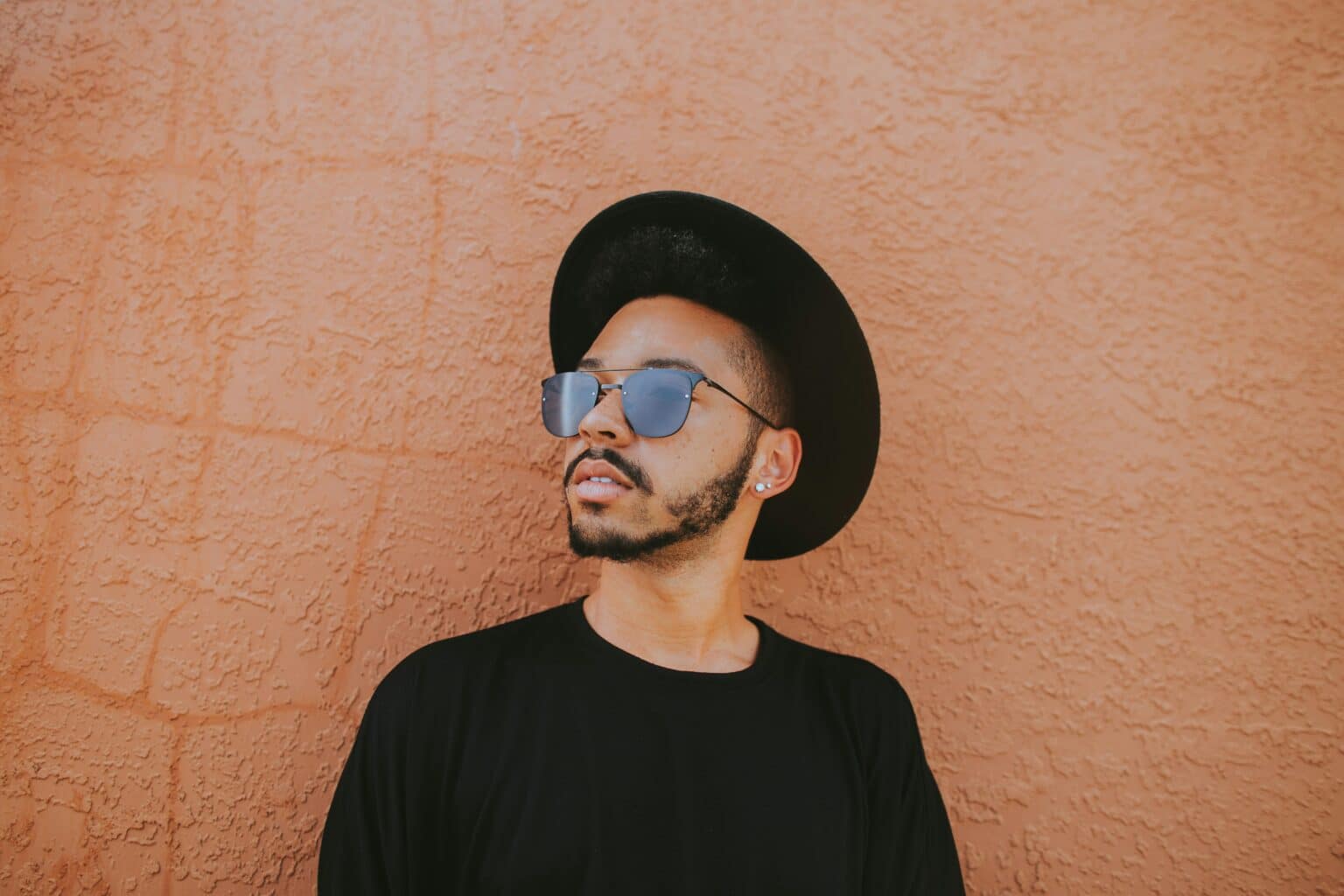Wondering about whitelisting in social media?
Maybe a brand has approached you, and you’re wondering if it’s legit–or perhaps you’re looking for another source of income, and this might be an option.
Whatever the case–welcome! I’m caffeinated up and ready to give you all the deets on influencer whitelisting, including:
- What whitelisting in social media is (Yep–if you don’t know, there’s no shame!)
- Where you might see whitelisting–both now and in the future.
- How both creators and brands can benefit from it.
- The challenges involved.
- How brands should pay you (This is important)
And yes–we’ve talked about whitelisting before on UGC Club, but today we’re diving deeper. Hang on for the ride!
What is whitelisting in social media?
Whitelisting on social media means a user (usually an influencer, but occasionally a UGC creator) permits the brand to run paid advertising campaigns through their account.
Influencer whitelisting is also sometimes called “allowlisting,” so if you’re wondering what the differences are–there are zero. 😂
You might be thinking, “Why would I let a brand run ads from my account?”
And that’s a valid question–after all, once you give a brand access to your account, you have no idea what they’re running on your account.
We’ll discuss more benefits later in this article, but for now, I have three words for you:
Cold.
Hard.
Cash.
Granted, most of the time, you’ll need “influencer” status to whitelist your account–but if you’re a UGC content creator or have some personal following, that can work too.
So keep reading, even if you’re still trying to build a following on social media!
What social media networks are good for whitelisting?
Right now, the main place I’m seeing whitelisting is on Instagram. The fact that your Meta ads account is linked with Instagram makes it easy for creators to give brands access.
Because there are so many benefits for brands and creators (more on that in a second), I predict it’ll expand to other social media networks, too.
Let’s take a trip into the future for a second and imagine which ones, shall we?
TikTok is well-suited for whitelisting since the user accounts are tied to their ad accounts. It just🫰makes sense 🫰, ya know?
I’m honestly surprised I haven’t seen it happen yet on TikTok–but maybe it has, and I haven’t been paying attention.
Either way–you could be one of the first!
Whitelisting could also be done on YouTube–however, I think this hasn’t taken off because YouTube makes the process much more complicated than Instagram does. But it’s not impossible–and you never know if YouTube will make it easier in the future or if brands will just decide that YouTube is worth the extra hassle.
What benefits do I get from whitelisting as a creator?
Here’s what you get as a creator for whitelisting your social media accounts. If you’re considering it, here are some reasons it might be a good idea:
- Extra money: You give brands full access to your ads account for free (don’t even think about it! 🧐). So, this is a way to diversify your income streams from your social media accounts with little effort required. Whether you’re a UGC-only creator or an influencer, this can be lucrative.
- Greater reach: Your account will also be shown to more people because ads are running from it. When you’re paying a social media platform, they show your account to people because it increases their revenue, too. And since you’re not spending the money, it’s a free way to get more followers. And legit ones!
- Better relationships with brands: Working with a brand to whitelist your social media account creates a stronger, more trusting relationship. This can often translate into future perks for you, as well: like more recurring revenue, free products, access to events and launches, and more!
One VERY important note: Don’t just read this section before you whitelist your account. Make sure you read about the challenges of whitelisting later in this article, too.
Why might brands want to whitelist my account?
Brands get a LOT of benefits from whitelisting influencer and creator accounts. Here are just a few of the things that they’re looking for:
- More sales. This isn’t surprising–businesses want to sell more! And your audience is different from theirs, so running ads through your account means more new customers and sales.
One thing that brands will be watching is their acquisition cost for these new customers, though. Because it’s new territory, they may need to tweak their campaigns slightly to get a good ROI. If you have insights into what your audience responds to, it’s probably a good idea to share so they don’t give up on your account. - Access to insights. If you’ve worked with a brand and gotten results, you’re a great candidate for them to whitelist. Why? Well, there are a few reasons:
First, you’ve already proven that your audience loves them.
But the real gold is in your metrics and audience insights. That way, they can try to find similar influencers. Think about it: if they can replicate the results they’ve seen with you with other influencers, that can lead to an avalanche of sales. - More brand awareness. Even if they’ve worked with you before, not everyone in your audience has heard of them or remembers them. But by engaging with your audience, they’re introducing themselves to potential new customers–especially if they stick it out and become a familiar name.
Make sure that the brands you’re working with have realistic expectations, though–brand awareness doesn’t usually translate into more sales at the beginning, so they need to have realistic expectations. - Better relationships with creators (that’s you). Creating a better, closer relationship with you will eventually translate into more growth for them in the long run. After all, if you love them, your audience will too!
Challenges with whitelisting
Whitelisting in social media isn’t without challenges. Knowing what they are can help you make a more informed decision about whether or not to whitelist your account.
For brands, the biggest challenge is recruiting influencers and content creators who allow them to whitelist. Whitelisting in social media involves giving up some freedom, access, and ownership of your account–and you’ve worked hard for it! So most creators are hesitant, especially if the brand isn’t offering enough in return.
As a creator, the biggest challenge will be giving up control over what’s posted on your account’s behalf. The brand won’t be messing with the organic side of your account, but the ads will look like they’re coming from you. You’ll also be giving up precious insights into your audience and ownership of specific assets on your profile. In general, this can be very tough to do–especially if you have plans or dreams of ever launching a product line.
When should brands and influencers whitelist?
This is a great question–let’s start by saying there’s no “right time” to whitelist.
If a brand has the budget for it and wants to try it out, whitelisting influencer content is a great thing to experiment with. They’ll learn a lot, and it’s a great way to support creators without adding to their workload.
If you’re an influencer and you’re wondering if it’s the right time to whitelist your social media, it’s up to you. Here are a couple of things to consider:
- Is the brand offering you enough to make it worth it?
- Do you trust the brand?
- Are you okay giving up some ownership and control of your account to this brand?
If the answer to those questions is yes, then go for it!
How much should brands pay influencers or creators for whitelisting?
The amount a brand pays will depend on how big the audience is.
So, while I can’t give you a number and say, “This is for sure a fair price!” I have some ideas; read below.
If you feel like a brand isn’t offering you enough, negotiate. This is access to your audience and insights that they’re paying for, which is super valuable–and once they have it, it’s not easy to raise your prices.
One thing I can recommend is: Charge them a fixed monthly fee. This means your income will be more stable, it avoids future confusion and conflict and allows you to be more relaxed with invoicing and receiving payments.
There are a couple of other ways brands and influencers try to do this, and neither one is great for creators.
For example, a brand might try to negotiate that they’ll pay you a percentage of their ad spend. They might say something like, “There’s no limit to how much you could make!”
Be careful with this–generally, it’s not advantageous for you. If the brand doesn’t spend much on ads that month, you won’t get paid much–but they’ll still have unlimited access to your audience and all of your data.
Another way brands sometimes try to pay you for whitelisting is as an affiliate, where they pay per conversion. For example–if they generate 10 sales through an ad on your account, they give a certain percentage of those sales to you.
I don’t recommend this method either since it’s pretty tedious to track, and conversion attribution is notoriously inaccurate on Meta and other social media platforms.
So, TDLR: When you’re negotiating with brands, make sure they’re paying you a monthly fee at a price you’re happy with.
Have other questions about whitelisting in social media? Leave them below, and maybe I’ll write a follow-up blog post! ⬇️










